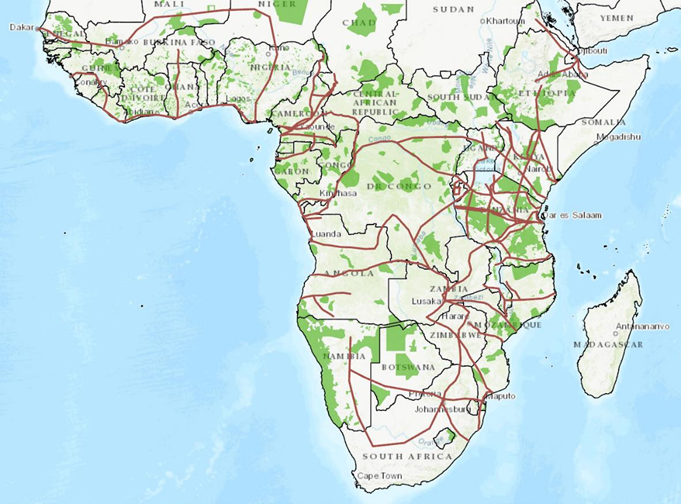Although not a new phenomenon, interest in development corridors has escalated over the past decade. On nearly every continent they are crossing international borders, expanding over many hundreds of kilometres and penetrating into ever remoter areas.


